It would not be easy for the US to rapidly implement a tariff on imported semiconductors because the cost of the policy to the country would be too high, according to Aaron Friedberg, a politics and international affairs professor at Princeton University.
In response to Taiwanese media’s queries, Friedberg said while US President Donald Trump wants to use tariffs to persuade companies to manufacture in the US, he did not expect the threats to be carried out quickly.
“Given that it will likely take many years to increase US semiconductor manufacturing capacity, the imposition of high tariffs would drive up the costs and reduce the competitiveness of other American industries,” Friedberg said on Wednesday. “For that reason, I would not expect to see these threats carried out all at once or quickly.”
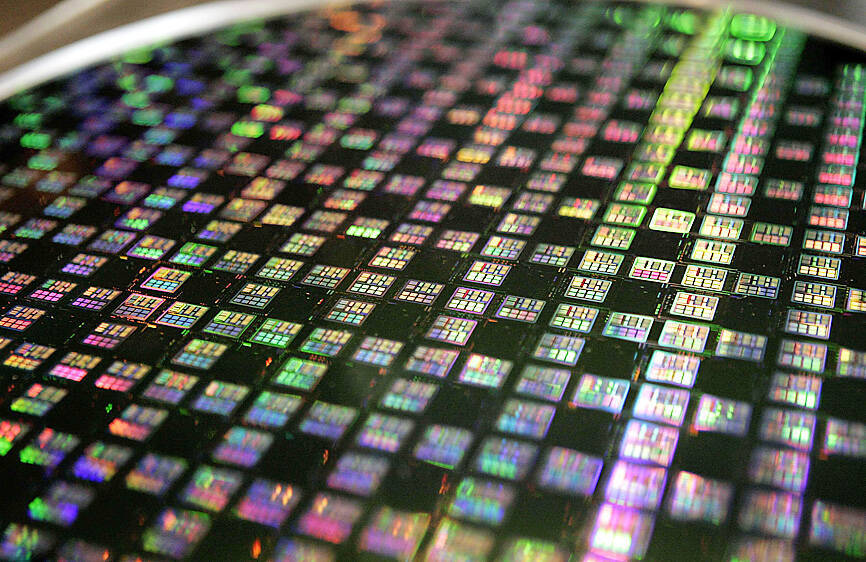
Photo: Richard Chung, Reuters
Trump’s chip tariff threats aimed to push domestic and foreign manufacturers to boost US investments, he said.
“Whether by the threat of tariffs or perhaps more positive inducements and incentives, the US will definitely be trying to encourage Taiwanese and other foreign companies to invest more in the US,” he said.
On Tuesday last week, Trump said he would like to impose a 25 percent tariff on semiconductors, cars and pharmaceuticals, with an official announcement expected as soon as April.
“It’ll be 25 percent and higher, and it’ll go very substantially higher over the course of a year,” Trump said at his Mar-a-Lago residence.
Trump has repeatedly alleged Taiwan “stole our chip business.”
Taiwan Semiconductor Manufacturing Co (TSMC), the world’s largest contract chipmaker, was a self-made success, National Security Council Secretary-General Joseph Wu (吳釗燮) said on Friday.
TSMC is investing US$65 billion in Arizona to build three advanced fabs. In the face of Trump’s tariff threats, it is widely thought that TSMC would establish more sophisticated integrated circuit (IC) assembly plants in the US or even acquire a stake in Intel Corp’s fab operations through technology transfer.
TechSpot, a US-based tech Web site, reported on Thursday that the US and many Western countries are not as efficient as Taiwan when it comes to building semiconductor fabs, saying that “building semiconductor plants in the US takes twice as long, costs twice as much as in Taiwan.”
The West has to streamline fab construction processes to catch up with the semiconductor ecosystems in Taiwan and other Asian manufacturing hubs, it added.
TechSpot highlighted the challenges TSMC has faced in the US, saying that “TSMC struggled to find skilled workers locally, a problem rarely encountered in Taiwan.”
“Cultural differences between TSMC’s Taiwanese management and American employees created unforeseen obstacles,” it said, but that “perhaps most critically, navigating local regulations proved difficult for the global chip manufacturer.”
On Feb. 13, John Bolton, former national security adviser to Trump, said in a media interview that imposing a tariff on chips from Taiwan would not change the reality that the US is dependent on Taiwan-manufactured chips.
The real issue is that the US cannot develop cutting-edge IC capabilities overnight, he said.
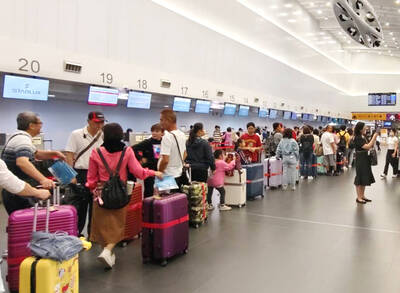
Three Taiwanese airlines have prohibited passengers from packing Bluetooth earbuds and their charger cases in checked luggage. EVA Air and Uni Air said that Bluetooth earbuds and charger cases are categorized as portable electronic devices, which should be switched off if they are placed in checked luggage based on international aviation safety regulations. They must not be in standby or sleep mode. However, as charging would continue when earbuds are placed in the charger cases, which would contravene international aviation regulations, their cases must be carried as hand luggage, they said. Tigerair Taiwan said that earbud charger cases are equipped
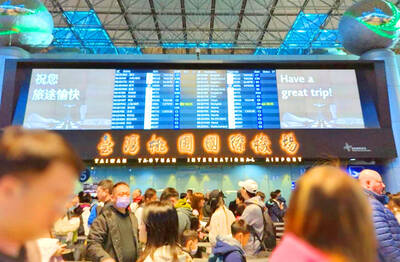
Foreign travelers entering Taiwan on a short layover via Taiwan Taoyuan International Airport are receiving NT$600 gift vouchers from yesterday, the Tourism Administration said, adding that it hopes the incentive would boost tourism consumption at the airport. The program, which allows travelers holding non-Taiwan passports who enter the country during a layover of up to 24 hours to claim a voucher, aims to promote attractions at the airport, the agency said in a statement on Friday. To participate, travelers must sign up on the campaign Web site, the agency said. They can then present their passport and boarding pass for their connecting international
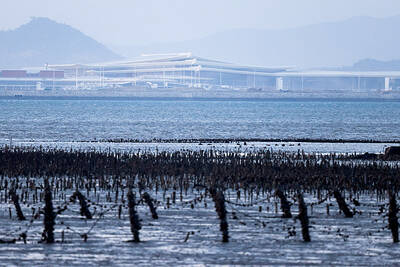
UNILATERAL MOVES: Officials have raised concerns that Beijing could try to exert economic control over Kinmen in a key development plan next year The Civil Aviation Administration (CAA) yesterday said that China has so far failed to provide any information about a new airport expected to open next year that is less than 10km from a Taiwanese airport, raising flight safety concerns. Xiamen Xiangan International Airport is only about 3km at its closest point from the islands in Kinmen County — the scene of on-off fighting during the Cold War — and construction work can be seen and heard clearly from the Taiwan side. In a written statement sent to Reuters, the CAA said that airports close to each other need detailed advanced
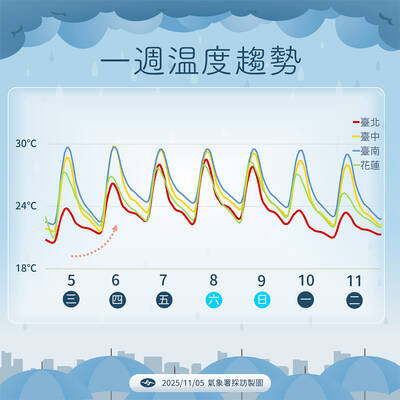
UNKNOWN TRAJECTORY: The storm could move in four possible directions, with the fourth option considered the most threatening to Taiwan, meteorologist Lin De-en said A soon-to-be-formed tropical storm east of the Philippines could begin affecting Taiwan on Wednesday next week, the Central Weather Administration (CWA) said yesterday. The storm, to be named Fung-wong (鳳凰), is forecast to approach Taiwan on Tuesday next week and could begin affecting the weather in Taiwan on Wednesday, CWA forecaster Huang En-hung (黃恩鴻) said, adding that its impact might be amplified by the combined effect with the northeast monsoon. As of 2pm yesterday, the system’s center was 2,800km southeast of Oluanbi (鵝鑾鼻). It was moving northwest at 18kph. Meteorologist Lin De-en (林得恩) on Facebook yesterday wrote that the would-be storm is surrounded by